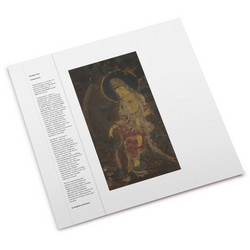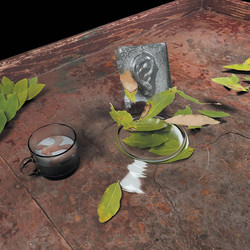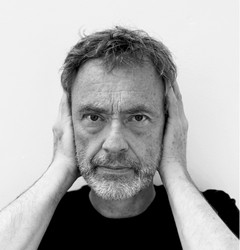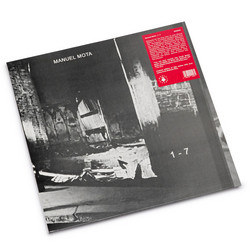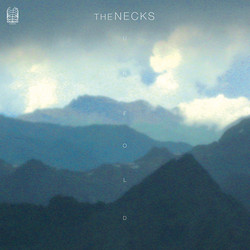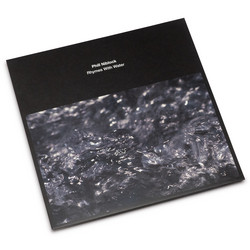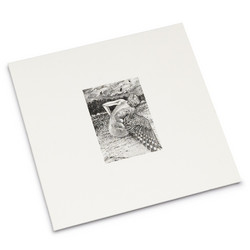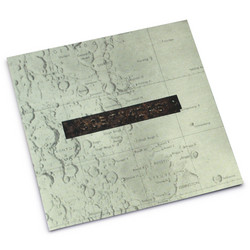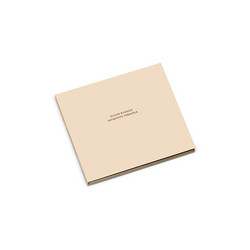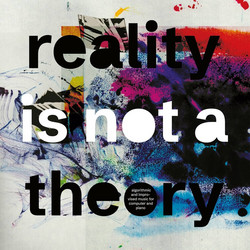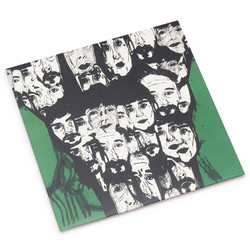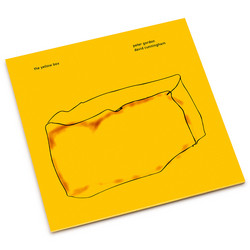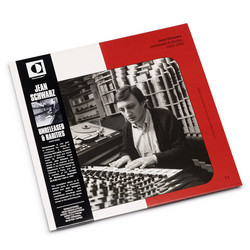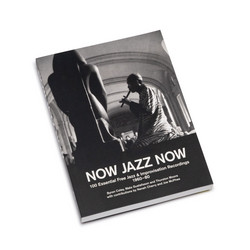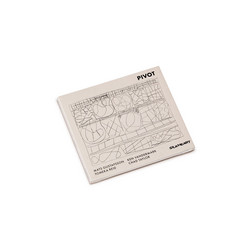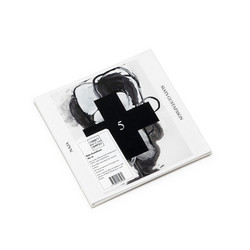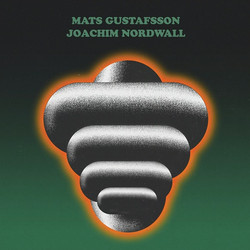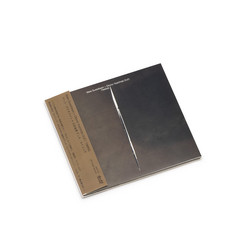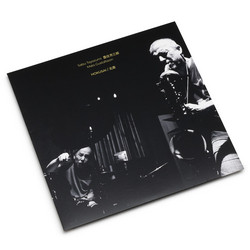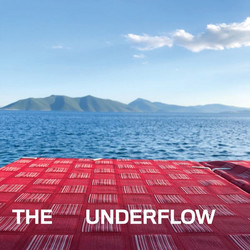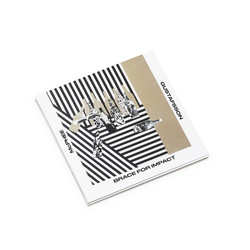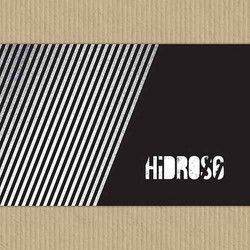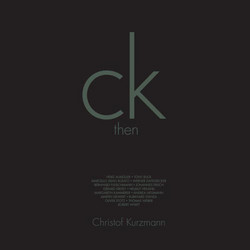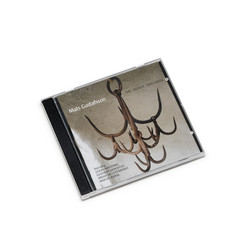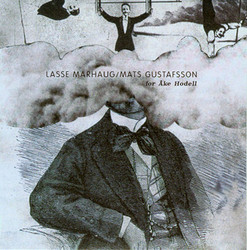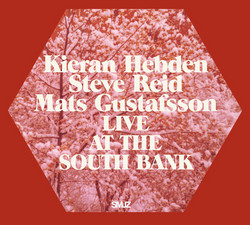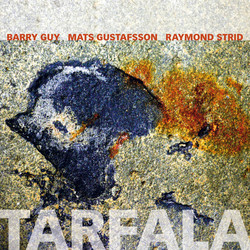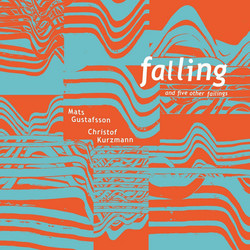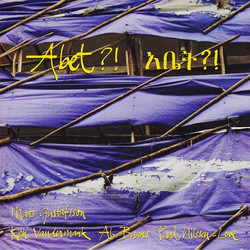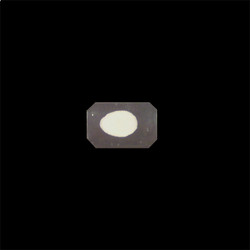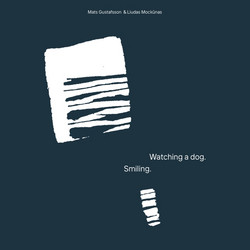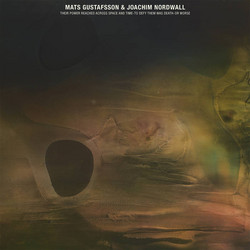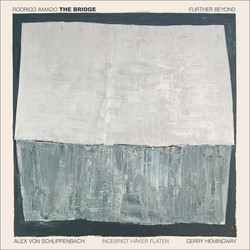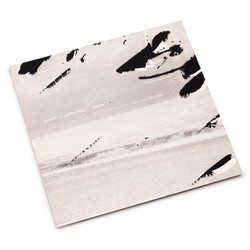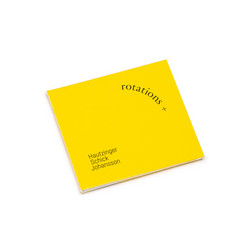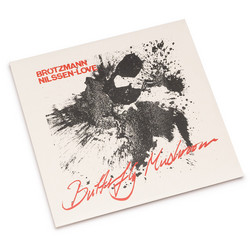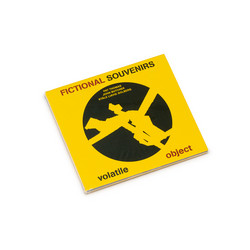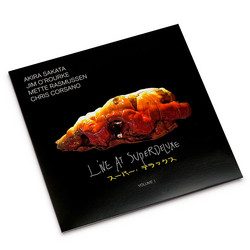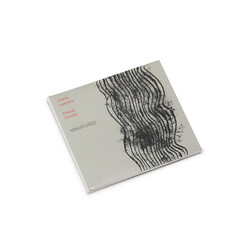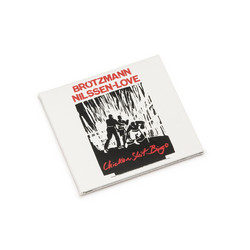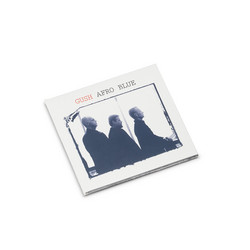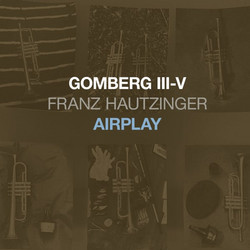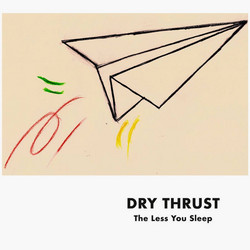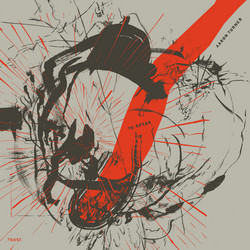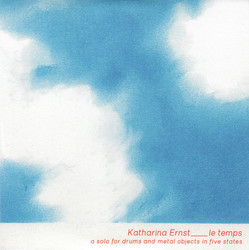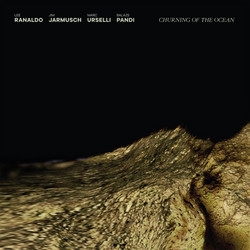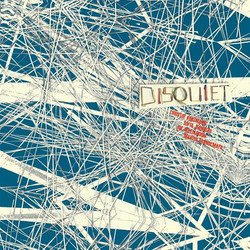Christof Kurzmann, Mats Gustafsson
Falling And Five Other Failings (Lp)
Mats Gustafsson plays slide, tenor, baritone, bass saxophones. Christof Kurzmann uses special ppooll software and voice, live processing. Recorded, mixed & mastered at Garnison 7, Vienna by Martin Siewert. Artwork by Jimmy Draht. Liner notes by Ken Vandermark. Limited vinyl edition of 300 with screen-printed covers. Ken Vandermark, from the liner notes: "On the surface, its fundamental components seem to come from the 20th century: the saxophone (invented in 1846, but not coming to the fore until jazz and Coleman Hawkins took a hold of it), the laptop computer (initially developed around 1980), and tape music (first started around 1950). But when examining the materials it becomes quickly apparent that, though the 'machines' may belong to the previous century, the methodologies applied to them do not. The six pieces on this album began as open improvisations digitally recorded at Martin Siewert's studio in Vienna, Austria. A section of each improvisation that was considered most successful from a musical standpoint was 'spliced out' and kept as a composition - the studio was used as a means to produce a performance rather than to strictly document, not usually the case when recording improvised music. Mats Gustafsson (who also plays keyboard here) has added to the range of extended techniques for saxophones instigated in the 1970s, by musicians like Anthony Braxton, Evan Parker, Roscoe Mitchell, Trevor Watts, Steve Lacy, and Peter Brötzmann. He's developed these through his unique approach to the instruments, which is often built upon phrasing power that can stand up to rhythmic frameworks and volume that frequently have little to do with the origins of improvised music. In many cases, the grooves explored on this collection of recordings are about pulse, but not the rhythmic feel of jazz, nor the timing of late 20th century free improvisation. And as Christof Kurzmann (who also sings here) explained to me, the instrument he plays is not the laptop, but the software that he runs on it, called ppooll and refined by Klaus Filip and Arnold Habirl in [2015??]... ppooll gives Christof nearly infinite manufacturing possibilities for sound - from creating new material that's used later in performance, to processing sonic events in real time. The elements of construction used to make this album and the resulting music all belong to this century, to this period."
